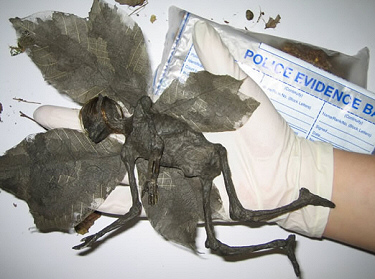Much good writing came out in response to the wan wrap up in Copenhagen. Sadly, and from a narrow telescope deservedly, Obama is the butt of some bitter wallops.
To name two in the post-haze of COP15:
Bill McKibben’s piece for Yale Environment 360, “Copenhagen: Things Fall Apart and an Uncertain Future Looms” (excerpt):
James Hansen, the great climate scientist who started the global warming era with his 1988 testimony before the U.S. Congress, and whose team provided the crucial 350 number that now defines the planet’s habitability, refused to come to Copenhagen, predicting it would be a charade. He was correct. On Sunday he predicted a greater than 50 percent chance that 2010 would be the warmest year ever recorded. If you want to bet against him, you can. If you want to argue that this non-agreement will help Obama get something through Congress, it’s possible you’re right. If you want to despair, that’s certainly a plausible option.
Rebecca Solnit’s “Judgment Days in Copenhagen” for the Huffington Post (excerpt):
Thanks to a sudden decision earlier this month by the Environmental Protection Agency allowing the executive branch to address the issue of climate-change gases under the Clean Air Act, Obama has apparently been given superpowers to act without being completely hamstrung by a reluctant Congress. Or as the Center for Biological Diversity put it, “President Obama can lead, rather than follow, by using his power under the Clean Air Act and other laws to achieve deep and rapid greenhouse emissions reductions from major polluters.”
Will he? Probably not. After all, he’s the man who stood up in Prague last April and said: “I state clearly and with conviction America’s commitment to seek the peace and security of a world without nuclear weapons.” For a moment, it almost sounded as if he was going to be the action hero of our antinuclear dreams, wiping out one apocalypse that has hung over us for sixty years. And then he added that he didn’t actually expect to see the abolition of such weaponry in his lifetime, though he didn’t say why.
Now, we’re in an action movie in which the fate of the Earth is truly at stake, and the most powerful man on the planet has allowed himself to be hedged in by timidities, compromises, refusals, denials, and the murderous pressure of corporations. Those too-big-to-die corporations are the reason why the Senate is unlikely to ratify any climate-change treaty that threatens to do much of anything. Really, corporations — half-fictitious, semi-immortal behemoths endowed with human rights in the U.S. and possessed of corrosive global power — already are the ruthless cyborgs of our time. They are, after all, actively seeking a world in which they imagine that, somehow, they will survive, even if many of us and much that we love does not. Sorry poor people, young people, Africa, sorry Arctic summer ice, you’re not too big to fail.





